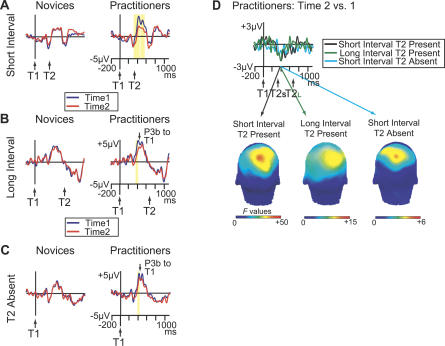Figure 5. Mental Training Selectively Reduced Early T1-Evoked P3b Amplitude.
(A–C) Brain potentials from electrode Pz, time-locked to T1 onset as a function of Session (time 1 or time 2) and Group (novices or practitioners), shown separately for (A) short-interval T2-present no-blink trials, (B) long-interval T2-present no-blink trials, and (C) short-interval T2-absent trials. Yellow bars indicate the time windows in which the reduction in brain potential over time was significant in the time window of the T1-elicited P3b (p < 0.05).
(D) The T1-locked change in brain potentials over time in practitioners from electrode Pz, shown separately for short-interval T2-present no-blink trials, long-interval T2-present no-blink trials, and short-interval T2 absent trials. The scalp maps show electrode sites where the change in T1-evoked P3b over time was significant between 380 and 400 ms, separately for each trial type. These data confirm that intensive mental training was associated with a selective reduction in T1-evoked P3b amplitude around 400 ms.

